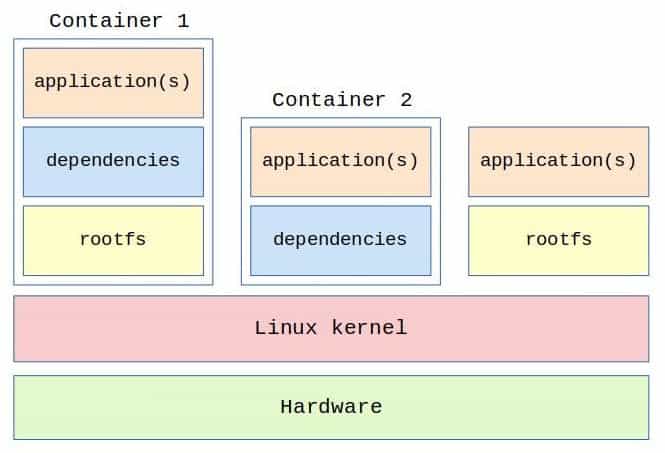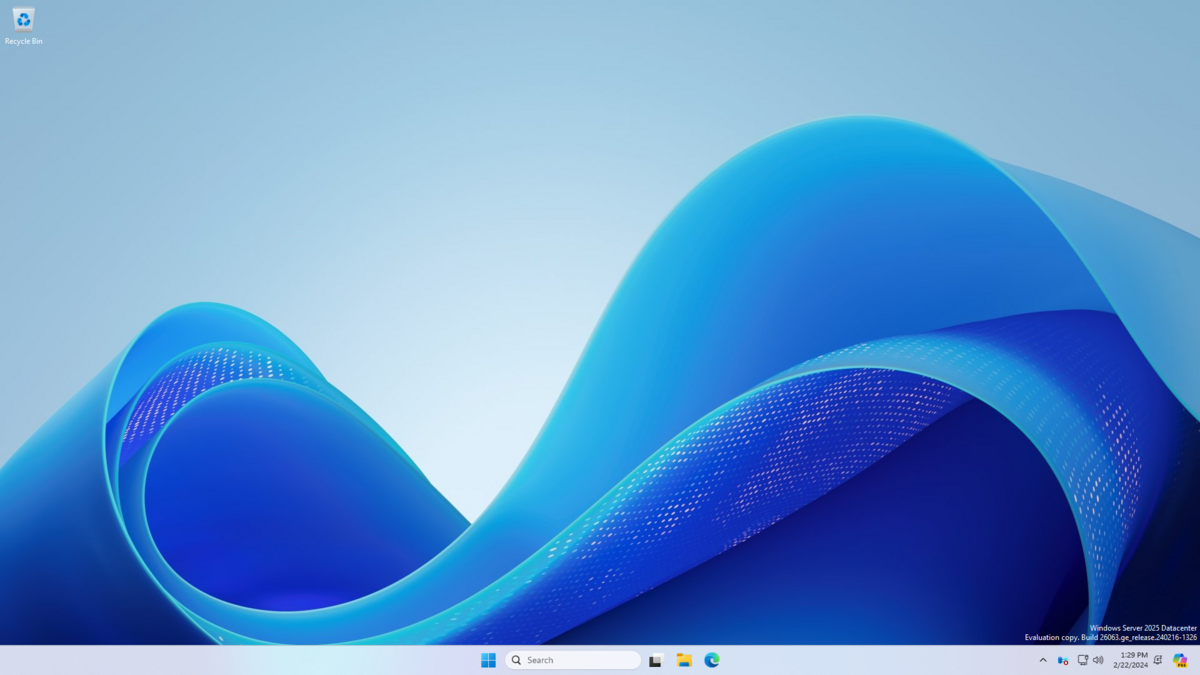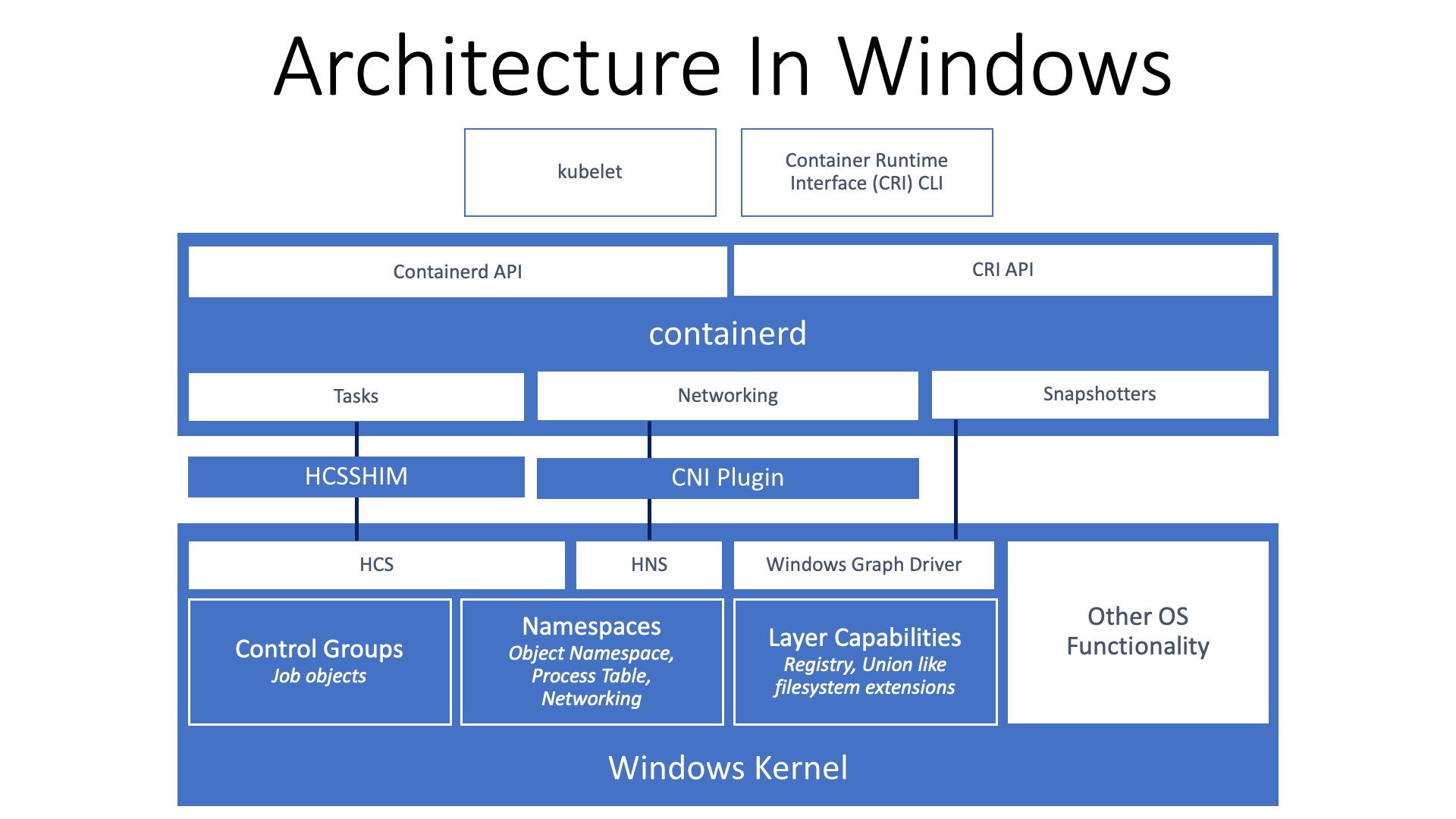Windows Server 2025 And The Rise Of Linux Containers: A Comprehensive Overview
Home windows Server 2025 and the Rise of Linux Containers: A Complete Overview
Associated Articles: Home windows Server 2025 and the Rise of Linux Containers: A Complete Overview
Introduction
On this auspicious event, we’re delighted to delve into the intriguing matter associated to Home windows Server 2025 and the Rise of Linux Containers: A Complete Overview. Let’s weave fascinating data and provide contemporary views to the readers.
Desk of Content material
Home windows Server 2025 and the Rise of Linux Containers: A Complete Overview

The panorama of server working programs is present process a big transformation. As organizations embrace cloud-native architectures and search elevated flexibility and effectivity, the mixing of Linux containers inside Home windows Server environments has emerged as a pivotal development. Whereas Home windows Server 2025 itself is hypothetical, the trajectory of technological developments suggests a future the place seamless Linux container integration can be a cornerstone of the platform. This text delves into the importance of this integration, exploring its advantages, challenges, and potential affect on the way forward for server administration.
Understanding Linux Containers and Their Significance
Linux containers, also known as "containers," are light-weight and moveable execution environments that bundle functions and their dependencies. Not like digital machines, containers share the host working system’s kernel, resulting in considerably lowered useful resource consumption and improved efficiency. This effectivity makes them ultimate for deploying and scaling functions in trendy cloud environments.
Advantages of Linux Containers on Home windows Server
The mixing of Linux containers inside Home windows Server affords quite a few benefits:
- Elevated Software Portability: Organizations can leverage present Linux functions inside their Home windows Server infrastructure with out the necessity for advanced porting or emulation. This fosters interoperability and allows seamless integration of numerous applied sciences.
- Enhanced Developer Productiveness: Builders can work with their most well-liked Linux instruments and frameworks inside the acquainted Home windows Server atmosphere, streamlining improvement cycles and fostering collaboration.
- Improved Useful resource Utilization: The light-weight nature of containers permits for environment friendly useful resource utilization, enabling organizations to run extra functions on a given {hardware} infrastructure, decreasing prices and maximizing effectivity.
- Simplified Deployment and Administration: Containers simplify the deployment and administration of functions, providing a streamlined method to scaling, updating, and rolling again deployments.
- Enhanced Safety: Containers present a layer of isolation, stopping functions from interfering with one another and the host working system, enhancing safety and stability.
Key Applied sciences Enabling Linux Container Integration
A number of applied sciences are facilitating the seamless integration of Linux containers inside Home windows Server:
- Home windows Subsystem for Linux (WSL): WSL offers a compatibility layer that enables customers to run Linux binaries and utilities instantly on Home windows. This permits builders to make the most of acquainted Linux instruments and libraries inside their Home windows improvement environments.
- Docker for Home windows: Docker, a preferred containerization platform, has launched a Home windows model that permits customers to construct, run, and handle Linux containers on Home windows Server. This offers a well-known and strong ecosystem for containerized functions.
- Kubernetes on Home windows: Kubernetes, a number one container orchestration platform, is now absolutely supported on Home windows Server, permitting organizations to handle and scale containerized functions throughout a cluster of Home windows and Linux nodes.
Challenges and Issues
Whereas the mixing of Linux containers inside Home windows Server affords important advantages, organizations ought to think about the next challenges:
- Safety Issues: Making certain the safety of containers and the underlying host atmosphere is paramount. Implementing strong safety measures and adhering to finest practices is essential.
- Compatibility and Interoperability: Whereas progress has been made in compatibility, some Linux functions could require particular configurations or changes to run seamlessly inside Home windows Server environments.
- Deployment Complexity: Orchestrating and managing containerized functions throughout a distributed infrastructure might be advanced, requiring specialised data and instruments.
The Way forward for Home windows Server and Linux Containers
The mixing of Linux containers inside Home windows Server is a big paradigm shift, paving the way in which for a extra versatile and adaptable server ecosystem. As applied sciences proceed to evolve, we are able to count on additional developments in containerization and orchestration, resulting in:
- Elevated adoption of cloud-native architectures: Organizations can be empowered to leverage cloud-native applied sciences and frameworks, enhancing agility and scalability.
- Enhanced software modernization: Present functions might be simply containerized and deployed inside Home windows Server, facilitating modernization and increasing their lifespan.
- Larger flexibility and selection: Organizations can have larger flexibility in selecting probably the most acceptable applied sciences for his or her wants, regardless of whether or not they’re Linux or Home windows-based.
FAQs
1. What’s the distinction between a Linux container and a digital machine?
A Linux container shares the host working system’s kernel, whereas a digital machine runs its personal working system. This makes containers considerably extra light-weight and environment friendly by way of useful resource consumption.
2. Can I run Home windows functions inside a Linux container on Home windows Server?
Whereas it is doable to run Home windows functions inside a Linux container utilizing instruments like Wine, this method shouldn’t be advisable on account of potential compatibility points and efficiency limitations.
3. What are the safety implications of operating Linux containers on Home windows Server?
Safety is a vital consideration when utilizing containers. Implementing strong safety measures, akin to container picture scanning, community segmentation, and entry management, is essential to mitigate potential vulnerabilities.
4. How do I handle and orchestrate Linux containers on Home windows Server?
Instruments like Docker and Kubernetes present strong frameworks for managing and orchestrating containerized functions. These platforms provide options for deployment, scaling, monitoring, and safety.
5. Is there any assist for Linux containers in Home windows Server 2019?
Sure, Home windows Server 2019 affords assist for Linux containers via applied sciences like WSL 2, Docker for Home windows, and Kubernetes on Home windows.
Suggestions for Implementing Linux Containers on Home windows Server
- Begin small and iterate: Start with a small-scale deployment to achieve expertise and determine potential challenges earlier than scaling up.
- Make the most of present containerization instruments: Leverage acquainted instruments like Docker and Kubernetes for container administration and orchestration.
- Give attention to safety: Implement strong safety measures, together with picture scanning, community segmentation, and entry management, to guard containerized functions.
- Contemplate the affect on present infrastructure: Assess the affect of containerization in your present infrastructure and guarantee compatibility together with your present instruments and processes.
- Embrace collaboration: Foster collaboration between builders and operations groups to make sure a easy transition to containerized environments.
Conclusion
The mixing of Linux containers inside Home windows Server marks a big step in direction of a extra versatile and adaptable server ecosystem. This convergence empowers organizations to leverage one of the best of each worlds, fostering innovation, effectivity, and scalability. As container applied sciences proceed to evolve, we are able to count on additional developments that can form the way forward for server administration, making it extra agile, safe, and cost-effective.








Closure
Thus, we hope this text has offered invaluable insights into Home windows Server 2025 and the Rise of Linux Containers: A Complete Overview. We thanks for taking the time to learn this text. See you in our subsequent article!